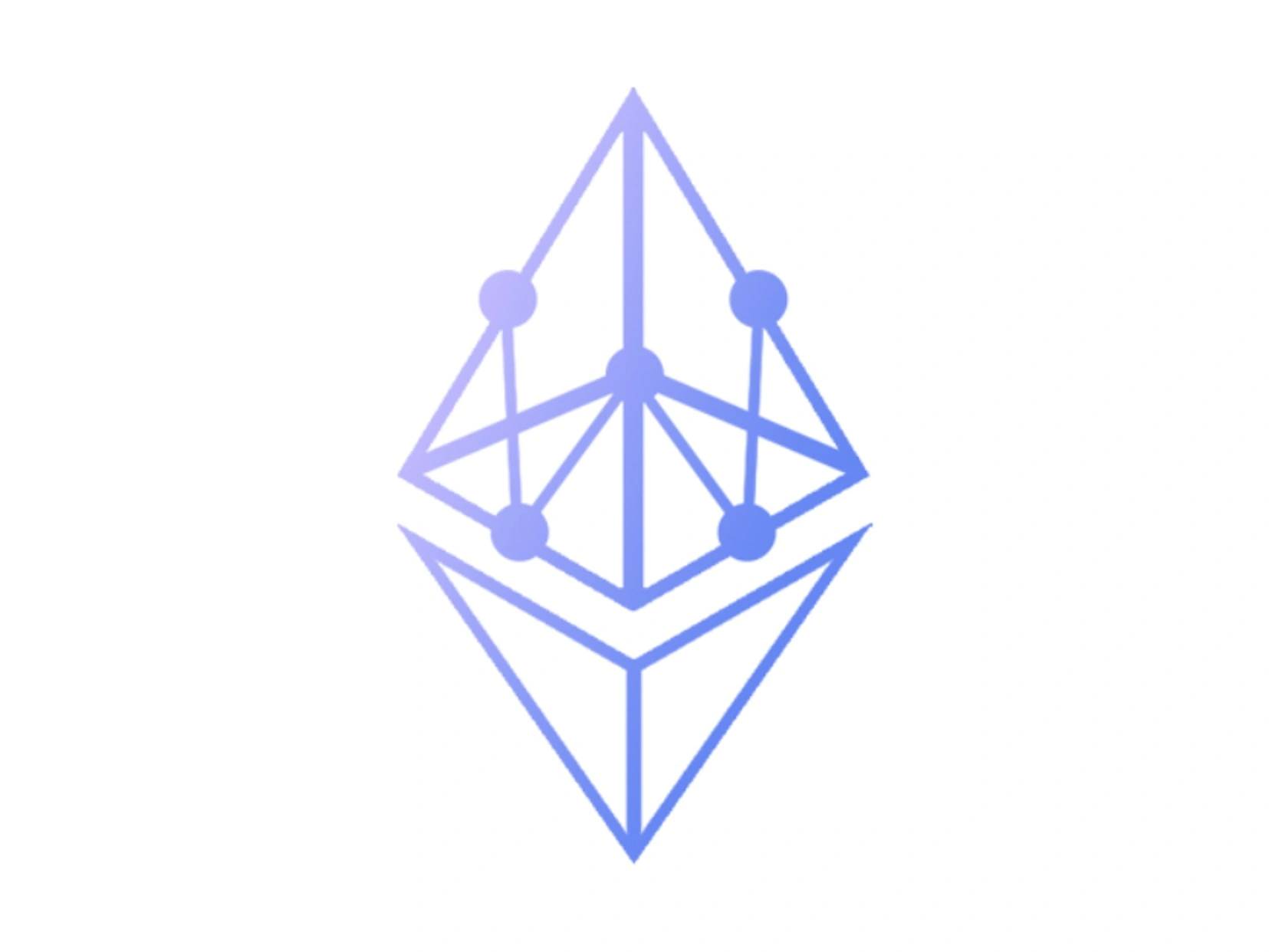Subscribe to wiki
Share wiki
Bookmark
EthereumPoW (ETHW)
EthereumPoW (ETHW)
EthereumPoW (ETHW) is a blockchain network created as a hard fork from the original Ethereum blockchain following Ethereum’s switch to a Proof of Stake (PoS) consensus mechanism in 2022. EthereumPoW was designed to maintain the Proof of Work (PoW) mining model using ETHW token, providing a platform for miners who prefer PoW for transaction verification and network security. [1][4][5][6][7][9]
Overview
EthereumPoW remains compatible with Ethereum’s decentralized applications (DApps) while preserving the PoW mechanism abandoned by the main Ethereum network. This approach appeals to miners and PoW supporters, who continue to utilize familiar infrastructure and protocols. Ethereum’s transition to PoS, known as The Merge, took place in September 2022 to address energy efficiency concerns. As a result, EthereumPoW was launched the same month by blockchain advocate Chandler Guo, offering an alternative blockchain environment for mining ETHW.
The EthereumPoW network uses a PoW consensus mechanism similar to the pre-Merge Ethereum system, where miners solve complex mathematical puzzles to validate transactions. This model requires significant computational resources but rewards miners with ETHW tokens, maintaining a cycle of token distribution and network security comparable to Ethereum’s original setup. The ETHW token acts as the primary currency for transaction fees and miner rewards and its circulating supply initially mirrored that of Ethereum. [1][3][4][6][7][8][9][10]
Ecosystem
EthereumPoW’s ecosystem functions similarly to the original Ethereum network before The Merge. Key components include miners who validate transactions, nodes that ensure network synchronization, and support for smart contracts written in Solidity. These elements enable the EthereumPoW blockchain to support various decentralized finance (DeFi) services, non-fungible tokens (NFTs), and other blockchain applications. ETHW holders can store tokens in compatible wallets, including hardware and software options, enhancing accessibility for users.
EthereumPoW provides a familiar environment for PoW enthusiasts, offering a stable foundation for applications and retaining compatibility with DeFi, NFT, and other DApp ecosystems. However, the PoW model demands significant energy consumption and faces potential centralization risks, especially as mining pools grow larger. Additionally, the network can experience elevated transaction fees during times of peak activity, a common challenge for PoW systems. [1][2][4]
Use Cases
ETHW supports a range of decentralized applications, such as DeFi platforms for lending and trading, NFT marketplaces for digital assets, and blockchain-based gaming and metaverse projects. While PoS offers energy and scalability benefits, EthereumPoW continues to attract miners and developers who value the PoW model. ETHW’s sustainability and future success will rely on community engagement, technological advancements, and its ability to offer unique value alongside Ethereum’s PoS blockchain. [1][4][6][7][8][10]
ETHW Token
ETHW is the native token of the EthereumPoW blockchain, functioning similarly to Ether (ETH) on the main Ethereum network. It is used for various purposes within the EthereumPoW ecosystem:
- Gas Fees: ETHW is used to pay transaction fees on the ETHW blockchain, allowing users to interact with DApps and execute smart contracts.
- Staking: ETHW holders can stake their tokens to earn rewards and contribute to the network’s security.
- Governance: ETHW holders can participate in governance decisions for the EthereumPoW blockchain, voting on proposals that influence the platform’s future. The maximum supply of ETHW is unlimited, allowing for ongoing token issuance to reward miners and participants. The initial distribution was determined by a snapshot of the Ethereum blockchain taken before The Merge, ensuring that ETH holders at that time received corresponding ETHW tokens on the new network. [1][4][6][8][9]
See something wrong?
